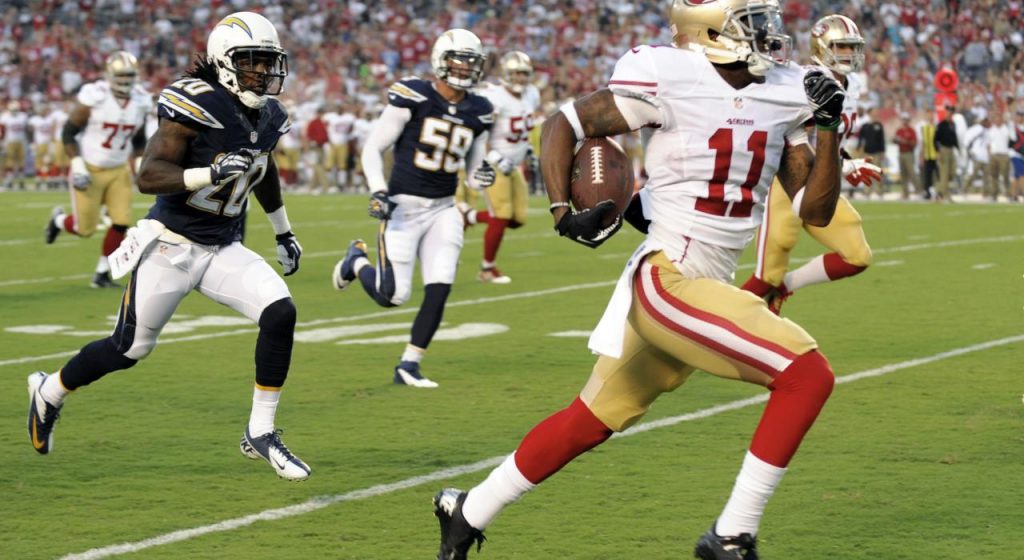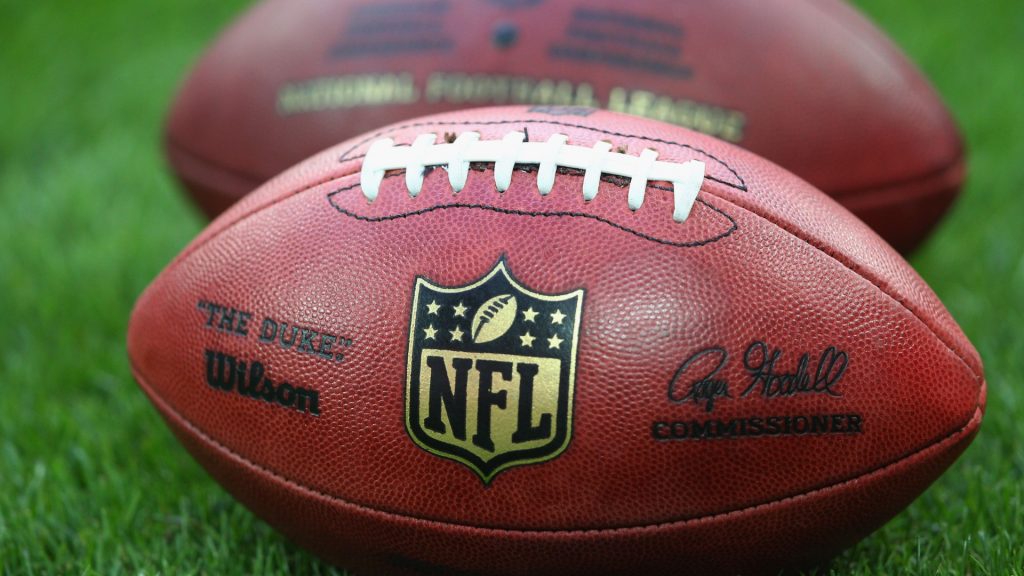
American Football Predictions: Analytics, Strategies, and Expert Advice
22 April 2025American football, particularly the NFL, stands as one of the most analyzed sports globally. With its intricate strategies, diverse player skill sets, and dynamic game flow, predicting outcomes has become both a science and an art. This comprehensive guide delves into the methodologies, tools, and expert strategies that enhance the accuracy of American Football Predictions, offering insights for both enthusiasts and seasoned bettors.
The Evolution of Football Prediction
Historically, football predictions relied heavily on anecdotal evidence, team histories, and fan sentiments. However, the integration of advanced analytics has revolutionized this approach. Metrics such as Defense-adjusted Value Over Average (DVOA) and Expected Points Added (EPA) provide a more nuanced understanding of team performances, accounting for factors like opponent strength and situational contexts. For instance, during Super Bowl LIX, analytics favored the Philadelphia Eagles over the Kansas City Chiefs, highlighting the Eagles’ robust defense and offensive efficiency.

Core Analytical Metrics
To make informed predictions, it’s essential to understand the key metrics that influence game outcomes:
- DVOA (Defense-adjusted Value Over Average): Measures a team’s efficiency by comparing success on each play to a league average based on situation and opponent.
- EPA (Expected Points Added): Assesses the value of each play in terms of its contribution to the team’s expected points.
- Yards Per Play: Indicates offensive efficiency and can highlight potential mismatches against opposing defenses.
- Turnover Differential: A critical factor, as teams with a positive turnover differential often have a higher probability of winning.
By analyzing these metrics, predictors can gain a comprehensive view of a team’s capabilities and potential vulnerabilities.
Advanced Predictive Tools and Models
Modern prediction models leverage machine learning algorithms and vast datasets to forecast outcomes. These models incorporate historical data, player statistics, and situational factors to generate predictions. For example, platforms like FiveThirtyEight utilize Elo ratings and other statistical methods to predict game outcomes and season trajectories.
Additionally, some analysts, like Warren Sharp, have developed proprietary models that integrate real-time data, player metrics, and team dynamics to provide insights into game strategies and potential outcomes.
Expert Betting Strategies
Successful betting isn’t solely about predicting winners; it’s about finding value and managing risk. Here are some expert-endorsed strategies:
- Bankroll Management: Establish a dedicated betting bankroll and determine a fixed percentage to wager on each bet, typically between 1–5%. This approach helps mitigate losses during downturns and ensures longevity in betting activities .
- Avoid Parlays: While enticing due to their high payouts, parlays are statistically disadvantageous. Each additional leg in a parlay increases the house edge, making it more challenging to achieve profitability .
- Betting Against the Public: Often, the public’s betting patterns can create inefficiencies in the odds. By identifying and capitalizing on these discrepancies, bettors can find value opportunities that others might overlook .
- Live Betting: Monitoring games in real-time allows bettors to capitalize on momentum shifts, injuries, or other in-game developments that may not be reflected in pre-game odds.
Psychological Aspects of Prediction
Human psychology plays a significant role in both team performances and betting behaviors. Cognitive biases, such as overconfidence or recency bias, can cloud judgment. Recognizing and mitigating these biases is crucial for making objective predictions and decisions.
Common Pitfalls to Avoid
- Overvaluing Recent Performances: A single game’s outcome can be influenced by numerous variables. It’s essential to consider the broader context and not overemphasize recent results.
- Ignoring Injuries and Roster Changes: Player availability can significantly impact a team’s performance. Always account for injuries, suspensions, and lineup changes when making predictions.
- Overlooking Situational Factors: Elements like weather conditions, travel schedules, and home-field advantages can influence game outcomes and should be factored into predictions.

Resources for Aspiring Predictors
If you’re serious about getting better at predicting American football outcomes—whether for fun, fantasy leagues, or sports betting—arming yourself with the right resources is crucial. From data-driven tools to insightful commentary and educational platforms, here are some of the best resources available to help you sharpen your prediction game.
Statistical Analysis Platforms
These platforms provide in-depth metrics, game logs, and predictive models essential for understanding team and player performance beyond the surface level.
- Pro Football Focus (PFF)A leading resource for advanced football analytics. PFF grades every player on every play and offers tools for evaluating matchups, trends, and overall performance.
- Football OutsidersKnown for pioneering DVOA (Defense-adjusted Value Over Average), this site is a goldmine for stats-savvy football fans. Their Almanac is especially useful for pre-season forecasting.
- Next Gen Stats (NFL.com)NFL’s own analytics platform that uses tracking technology to produce deep performance metrics—like separation between receivers and defenders or time to throw.
Expert Commentary & Insight
These resources combine expert analysis, matchup breakdowns, and sharp betting angles.
- Sharp Football Analysis Founded by Warren Sharp, this site provides predictive models, data visualizations, and deep dives into team tendencies and game strategies.
- The Athletic (NFL Section)A subscription-based sports journalism platform featuring some of the best football writers and analysts in the business. Their film reviews and tactical breakdowns are top-notch.
- ESPN Analytics (FPI, QBR)While ESPN leans more mainstream, its Football Power Index (FPI) and Total QBR (Quarterback Rating) are respected and often cited in betting and fantasy circles.
Betting and Predictive Model Sites
These sites focus specifically on wagering edges and probabilistic outcomes based on mathematical models.
- FiveThirtyEight (NFL Predictions)Created by Nate Silver, this platform uses Elo ratings and simulations to forecast games, seasons, and playoff odds.
- Action Network Offers betting analysis, expert picks, public betting percentages, and sharp money indicators. Great for understanding line movements and consensus sentiment.
- Betting Pros Aggregates expert picks and provides consensus predictions across sportsbooks. Especially helpful for comparing odds and tracking expert accuracy.
Conclusion
Predicting outcomes in American football requires a blend of analytical rigor, strategic insight, and psychological awareness. By leveraging advanced metrics, adhering to disciplined betting strategies, and continuously educating oneself, individuals can enhance their predictive accuracy and make informed decisions.